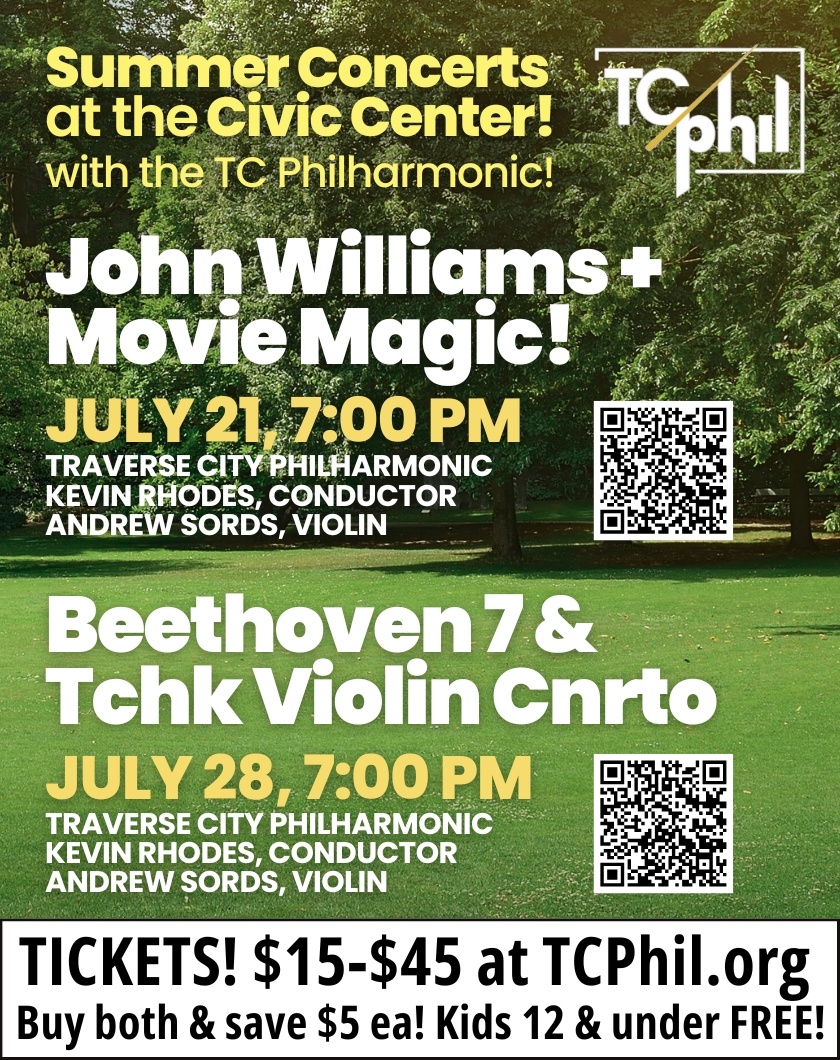
Pioneering COVID-19 Research Came (In Part) From A 25-Year-Old In Traverse City
By Craig Manning | April 3, 2021
Last November, a 28-member team of researchers from across the United States and the United Kingdom won a special $10,000 prize from the Association for Computing Machinery, honoring their groundbreaking AI simulations of the COVID-19 virus. Their research, which has been shared thousands of times throughout the scientific community, may have played a key role in helping scientists effectively develop vaccines. And one member of the 28-person team is a Northwestern Michigan College (NMC) alum who contributed to the project remotely from right here in Traverse City.
Meet Alex Brace, a 25-year-old soon-to-be University of Chicago PhD candidate who cut his teeth in the STEM field at NMC. A Traverse City local since sixth grade, Brace graduated from Traverse City West Senior High School before going on to earn an associate’s certificate in engineering from NMC in 2017, and eventually a bachelor’s degree in computer science from the University of Michigan. He credits teachers at West and professors at NMC with taking him from a student “who didn’t really want to learn” to someone deeply inspired by STEM.
Last year, as the pandemic swept across the U.S. and the world at large, Brace had an opportunity to put what he calls his “technical credibility” to the test in the fight against the virus. The summer before starting at U of M, Brace had landed a research internship at Oak Ridge National Laboratory in Tennessee. Established in the 1940s as part of the Manhattan Project, Oak Ridge is home to Summit, a system that was, until last year, the fastest supercomputer in the world. That internship introduced Brace to his mentor, Arvind Ramanathan, a computational biologist who, after moving from Oak Ridge to the Argonne National Laboratory in the Chicago area, would bring Brace aboard to play a role in the COVID-19 simulation project.
The research – published under a paper titled “AI-Driven Multiscale Simulations Illuminate Mechanisms of SARS-CoV-2 Spike Dynamics” – was about simulating and tracking how the coronavirus interacts with human cells. The team built a computer simulation of a 305-million-atom SARS-CoV-2 viral envelope, rendered in a realistic biological way at a resolution that would be impossible to achieve with even the world’s strongest microscope. By putting this virtual model of the virus through a series of massive computer simulations, researchers were able to provide a clear view of what the virus looks like and how it behaves. To aid the project, Brace contributed his skills in computer programming, artificial intelligence, data analysis, and supercomputing.
For the purposes of this project, Brace says the team was looking at one particularly crucial aspect of the coronavirus.
“You've seen the coronavirus picture, which is like a sort of circle with all these little prongs sticking off of it,” Brace explains. “Those prongs are called spike proteins. That’s the atomic structure [of COVID-19] that binds to the human cells. This project basically characterized how that binding occurs.”
Spike proteins act as the primary infection machinery of COVID-19, allowing the virus to bind to a receptor on the human cell membrane. Once that happens, the virus injects genetic material into the cell and uses the host cell to make copies of itself. Brace says that, through months of research, the team was able to highlight key occurrences with the spike protein that enabled the SARS-CoV-2 virus to bind with and infect human cells. Those revelations came thanks to countless data-heavy simulations run through a series of the world’s fastest supercomputers (including Summit), which used the laws of physics to replicate the way viruses move around in search of human cells.
“We were really diving into the question of, ‘How does this look at the physical, atomic level?’” Brace says of the spike protein and how it allows COVID-19 to wage war on host cells. “And then, given that understanding, then you can go and try to design some molecules to prohibit that binding [between the spike protein and the human cell]. A lot of researchers and industry use our data to inform their vaccine development and drug design.”
As of November, the research had been shared more than 8,000 times among academic and industrial groups alike. It was also published, cited, or mentioned in multiple peer-reviewed publications, scientific journals, and major media outlets including the New York Times, Scientific American, Forbes, and Wired.
The award the project earned, the ACM Gordon Bell Special Prize for High Performance Computing-Based COVID-19 Research, will only be given out in 2020 and 2021 and is intended to recognize “outstanding research achievement toward the understanding of the COVID-19 pandemic through the use of high-performance computing.” The normal Gordon Bell Prize, which is awarded annually to “recognize outstanding achievement in high-performance computing,” is generally regarded as the Nobel Prize of the supercomputing world.
Brace, with such a career-defining achievement under his belt at the beginning of his career, is already looking forward to what’s next. Now serving as a research associate at the Argonne Institute – albeit, remotely from Traverse City – he is working with the same team to research and simulate possible drug molecules that could be used to treat COVID-19. He was also recently accepted to the computer science PhD program at University of Chicago. His interests, which range from automation to sustainable energy, could take him down a variety of different career paths in the STEM, engineering, and computer science fields. For now, though, he says he’s mostly grateful to be in the company of inspiring mentors – a pattern in his life that started in northern Michigan.
“I think this all stems from my teachers and my professors [in Traverse City],” he tells The Ticker.
Comment






